Bulbs
Flower Basics
Flower Beds & Specialty Gardens
Flower Garden
Garden Furniture
Garden Gnomes
Garden Seeds
Garden Sheds
Garden Statues
Garden Tools & Supplies
Gardening Basics
Green & Organic
Groundcovers & Vines
Growing Annuals
Growing Basil
Growing Beans
Growing Berries
Growing Blueberries
Growing Cactus
Growing Corn
Growing Cotton
Growing Edibles
Growing Flowers
Growing Garlic
Growing Grapes
Growing Grass
Growing Herbs
Growing Jasmine
Growing Mint
Growing Mushrooms
Orchids
Growing Peanuts
Growing Perennials
Growing Plants
Growing Rosemary
Growing Roses
Growing Strawberries
Growing Sunflowers
Growing Thyme
Growing Tomatoes
Growing Tulips
Growing Vegetables
Herb Basics
Herb Garden
Indoor Growing
Landscaping Basics
Landscaping Patios
Landscaping Plants
Landscaping Shrubs
Landscaping Trees
Landscaping Walks & Pathways
Lawn Basics
Lawn Maintenance
Lawn Mowers
Lawn Ornaments
Lawn Planting
Lawn Tools
Outdoor Growing
Overall Landscape Planning
Pests, Weeds & Problems
Plant Basics
Rock Garden
Rose Garden
Shrubs
Soil
Specialty Gardens
Trees
Vegetable Garden
Yard Maintenance
How to Get Rid of Mealworms
How to Get Rid of Mealworms. Mealworms typically aren't a serious problem in homes, according to Orkin's website. Finding mealworms in or near your home may be disturbing, however. When they infest an area, it's because they found a food source nearby. In most cases, a mealworm infestation can be cleared up without the need for harsh chemicals or...
Mealworms typically aren't a serious problem in homes, according to Orkin's website. Finding mealworms in or near your home may be disturbing, however. When they infest an area, it's because they found a food source nearby. In most cases, a mealworm infestation can be cleared up without the need for harsh chemicals or professional exterminators.
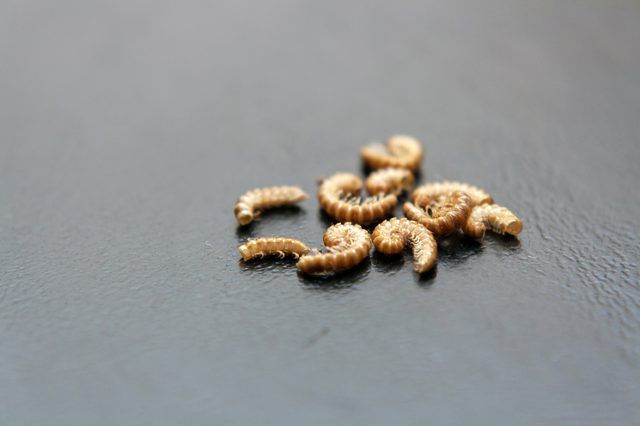
Things You'll Need
Rake (optional)
Shovel (optional)
Wheelbarrow (optional)
Plastic bags
Twist ties or other plastic bag closures
Vacuum cleaner, broom or brush
Dustpan (optional)
Oven or freezer
Oven thermometer (optional)
Clock, watch or timer (optional)
Step 1
Remove fallen leaves, compost and other decaying material from gardens and other areas that are close to your house. Damp leaves and other piled refuge outdoors can be a tempting home and food source for mealworms. They are attracted to damp and/or dark conditions. Collect all the mealworms you find, seal them in a plastic bag and put the bag in the trash.
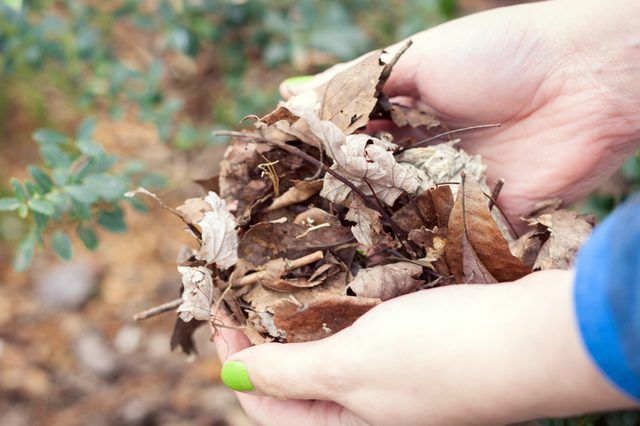
Step 2
Remove all mealworms you find in cabinets, shelves and other areas of your home and outbuildings. Vacuum up the mealworms with a vacuum cleaner if you find a lot of them, or use a broom or brush to sweep them into a dustpan if you find only a few of them. Seal the vacuum cleaner's contents or the dustpan's contents in a plastic bag, and put the bag in the trash.
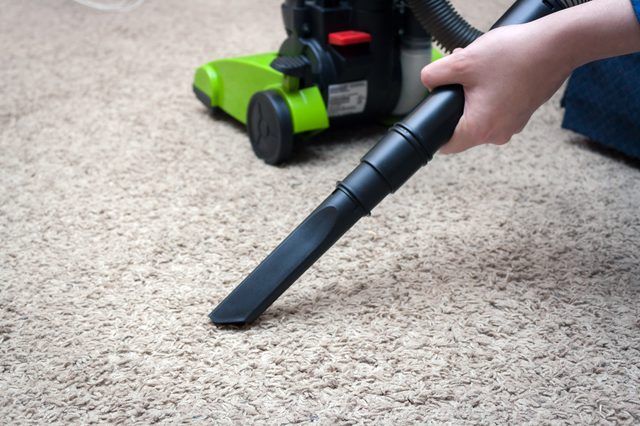
Step 3
Check other damp and/or dark areas indoors and outdoors for mealworms. Mealworms that are openly visible may be moving toward a food source. Remove all the mealworms you find, sealing them in a plastic bag and putting the bag in the trash.
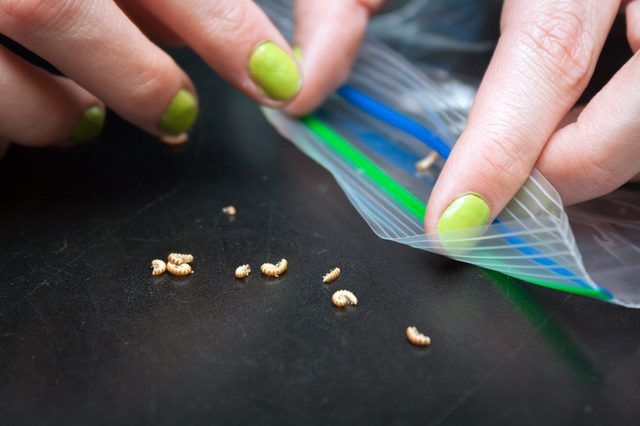
Step 4
Look for cereal, other grains and other dry foods near the areas where you located mealworms. They are likely food sources for the insects. The food may be damp, molded or decaying. Collect all the mealworm food sources you found, and put them in an oven heated to 130 to 150 degrees Fahrenheit for at least 30 minutes. Doing so will kill mealworms and their eggs, preventing a reinfestation. Alternatively, place the collected mealworm food sources in a freezer for at least four days. Seal the food in a plastic bag before discarding of it, regardless of whether you heated or froze it.
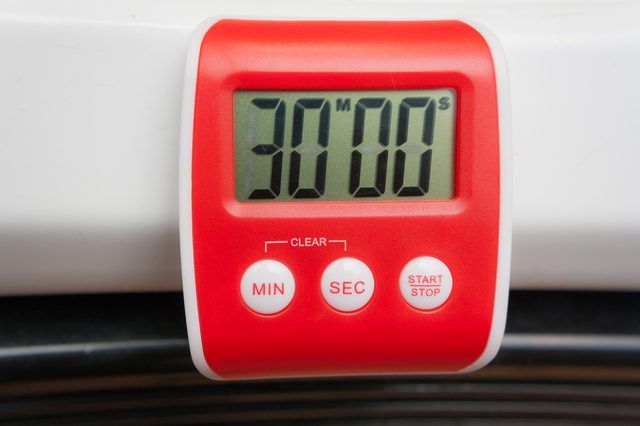
Step 5
Recheck damp and/or dark spaces for signs of mealworms periodically until you are certain the infestation is gone. After you've eliminated mealworms' food sources and removed most if not all of the mealworms, any remaining mealworms will likely seek food elsewhere.
